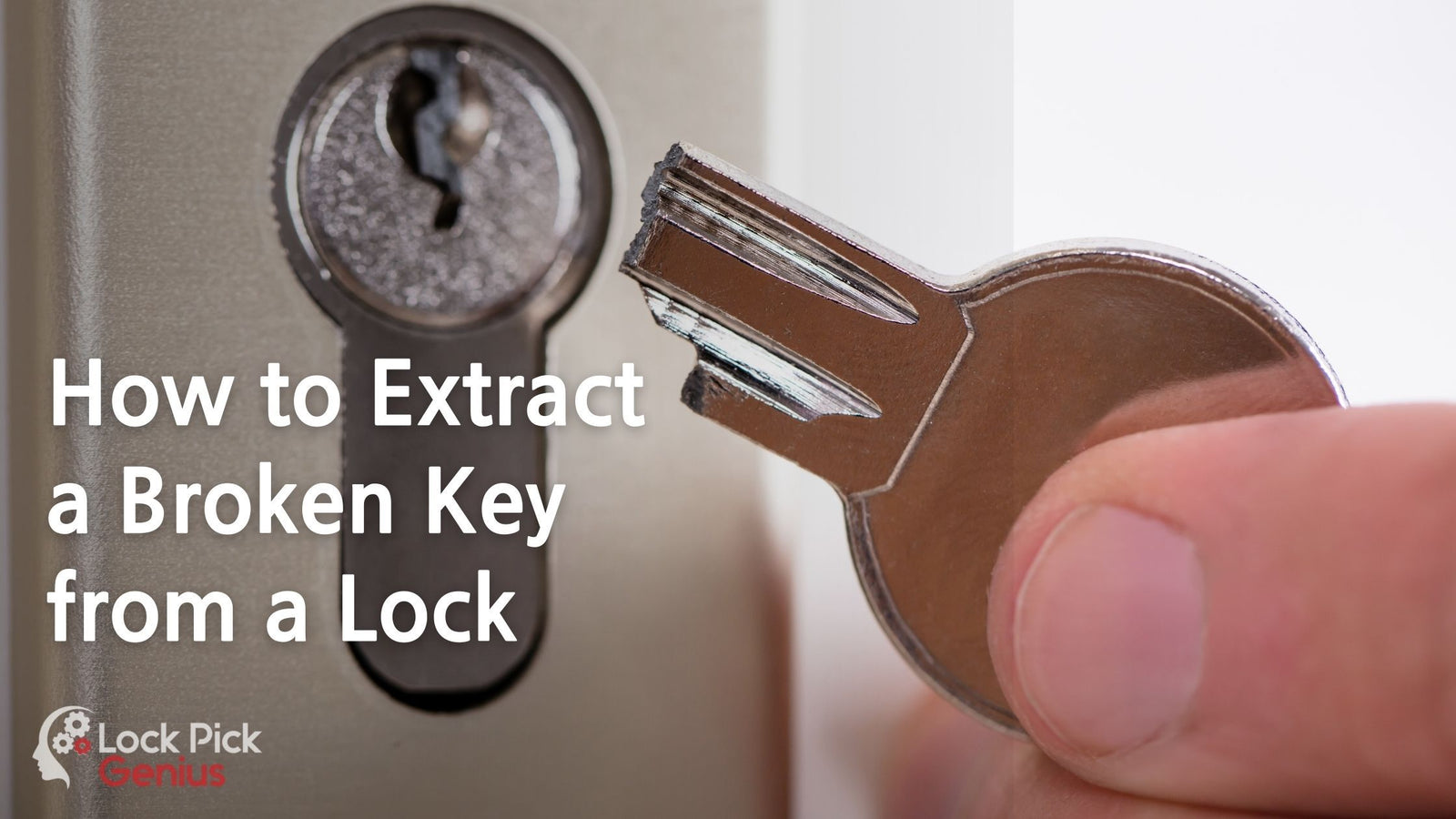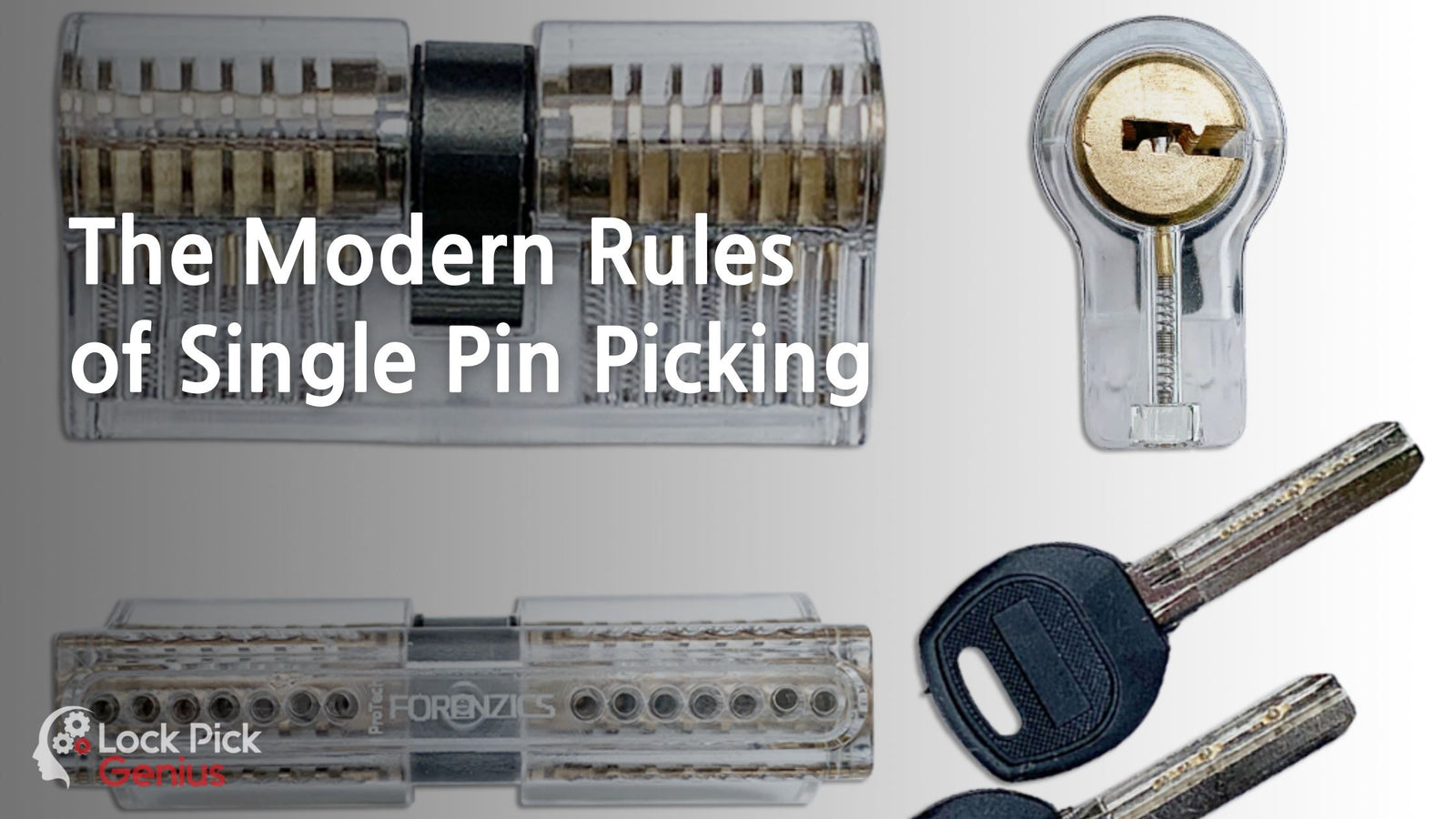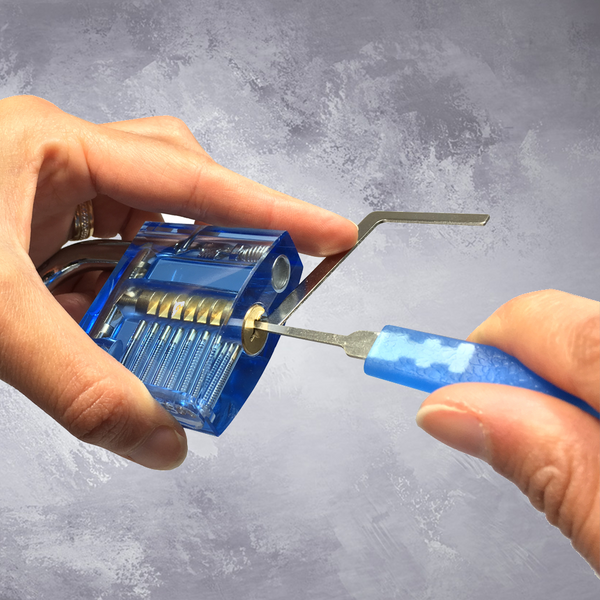Your Cart is Empty

So, you might be locked out of your house, or, just plain curious about the art of lock picking. Either way, you are here to learn how to pick your lock just in case you might need to, or maybe a friend who is locked out and needs your help. First, a quick primer on the reasons why anyone or even you for that matter, would want to learn how to pick. And we have a best lock pick training kit.
Second, the question of the legality of it all. Don’t worry, it won’t be as stringent as you would imagine, just a backgrounder.

· The Cylinder
This the outer metal shell or housing of the lock that contains the rest of the parts. It is also the component that makes the upper limits of the shear line.
· Shear Line
It is the gap that is located right in the middle of the metal shell and the plug. This is the gap that basically makes the lock work. If it is in any way obstructed or the key pins are out of line, it remains locked and will not allow the plug to turn.
· Plug
Is a small cylinder-shaped component that rotates whenever a key is inserted and the key pins are aligned. It is the first and last part of the lock that tells the user if he or he may not have the right key. This is the part where the rotational shear line is located. The plug also makes up the bottom limit of the shear line.
· Key Pins
The tumbler lock has two types of pins. At the lower portion of the shell are key pins that are tasked to “read” the “cuts” of the key. They are generally of different lengths. So what these “cuts” do is to match with the length of the key pins so that the plug clears the shear line when it is turned. Naturally, if it is not the right key, it will not turn and will lock rather solidly. Anything else you insert will be rejected.
· Driver Pins
It’s the upper set of pins that are tasked to block the shear line if the bumps on the key don’t match the length of the key pins. Driver pin lengths by the way are always the same.
· Springs
The springs that match the number of driver pins are located at the upper portion of the shell. They push down on both upper and lower pins to keep the shear line closed. This is to ensure that the lock is locked when there is no key inserted into the plug.
With the clear lock you can see clearly how lock works. The key is inserted into the plug from the end where it is facing outside the door. As it slides into the plug, the uneven teeth of the key hit the pins and work the springs up and down. If the key is a match to the length of the key pins, the pins will align with the shear line which will allow the cylinder to turn full clockwise and click open.
It’s a simple action from a mechanism that is not as simple to construct. Either way, this is how your key opens a tumbler lock.

Comments will be approved before showing up.


Be the first to know about lockpicking tips and upcoming sales and promos. Get a 10% discount coupon when you subscribe!

Sign up to get special offers, Tips, News and Great deals